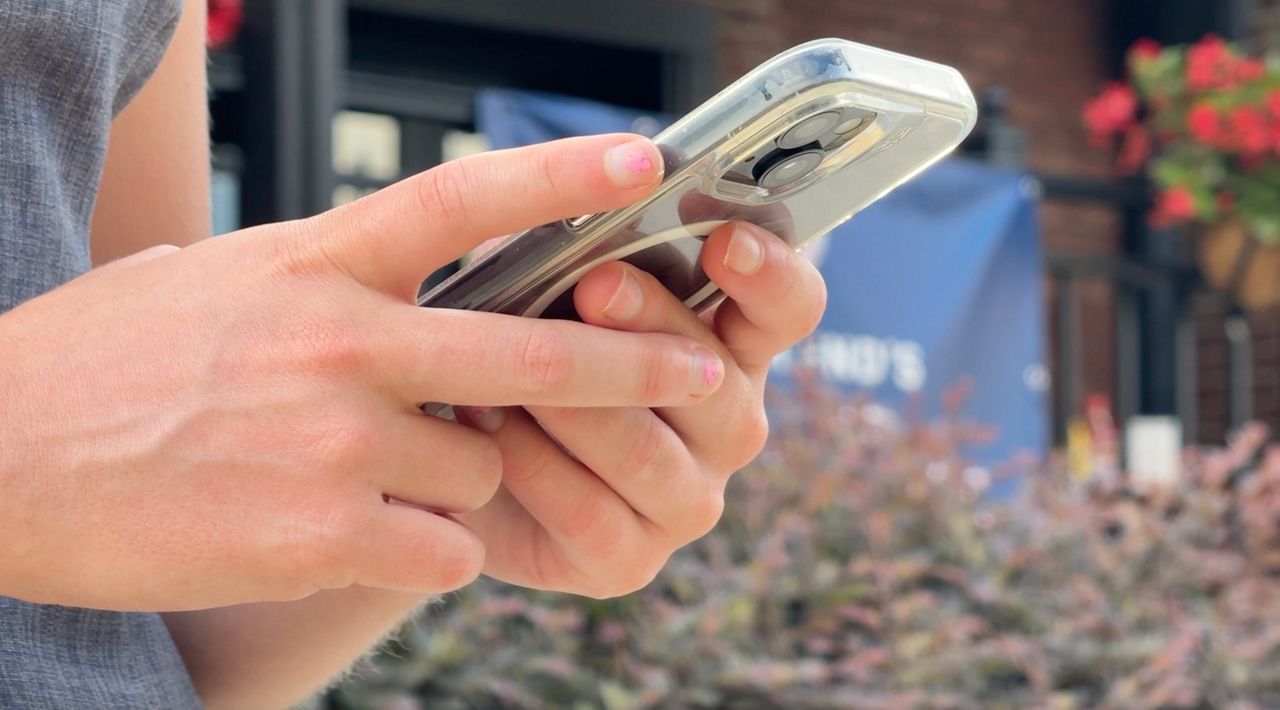About 200 New York schools are several days late in submitting plans to implement a statewide school cellphone ban for students taking effect this fall.
State leaders have received just over 900 of about 1,100 total plans required from public schools, charters and BOCES as of Tuesday afternoon, or about 81%, according to Gov. Kathy Hochul’s office. Submissions were due Friday via a State Education Department portal.
“Plans are currently being reviewed,” Hochul’s spokesperson Emma Wallner said in a statement.
But Hochul’s team is focused on working with districts to ensure compliance with the new law instead of threatening consequences.
“Our team is providing the resources and support that districts need to submit their plans and prepare for students’ return to the classroom,” Wallner said.
The districts will continue to finalize plans for students to store their devices and enforce the bell-to-bell ban included in the state budget that applies to smartphones and other internet-connected devices.
“This is going to be a game-changer,” Senate Education Committee chair Shelley Mayer said. “…Come September, parents and students should know, do not bring your phone to school thinking you’re going to have access during the day — you’re not. Nor your watch, nor your internet [device] that you can get Instagram on while the teacher is speaking.”
Mayer said there’s exceptions for students with health issues, or are caretakers of children or other relatives.
The law lacks detail about consequences for districts that fail to file a plan before the academic year begins, but the senator added she isn’t concerned.
“I think the understanding of school districts and with the full support of teachers wants to move in this direction,” Mayer said.
The policy didn’t become law until Hochul signed the late state budget on May 9. The state did not release guidelines for districts until early July — giving schools about a month to get input from parents, students and staff.
Assembly Education Committee chair Michael Benedetto said the abbreviated timeline, and forcing the work to be done over the summer months, wasn’t ideal for school administrators.
“I think the timetable could have been done maybe a little bit better,” he told Spectrum News 1. “It may have been better putting it off to like Oct. 1 or something like that when at least the schools and people have come back from vacation.”
Education leaders have backed a cellphone ban since the governor started discussions about the policy last year, but say it could be difficult to enforce.
“I don’t want to put any more work on the Department of Education,” Benedetto said. “They certainly have enough work already coping with what they have to put up with.”
But Bob Lowry, deputy director of the New York State Council of School Superintendents, said he’s confident school officials will submit plans and follow the law.
Lowry has spoken with superintendents in several districts who had scheduling conflicts for school boards to vote on a plan before the Aug. 1 deadline.
“There were districts that said, ‘our next meeting is Aug. 12, and we’ll adopt a policy then,’” he said.
Others, he added, were confused about where to submit their plans, or if it was necessary.
“Some districts assumed there was no need for them to do that because they’re not applying for state funding,” Lowry said.
The budget included $13.5 million to help schools buy pouches or other necessary equipment to implement the plan, and has all been allocated, state budget officials said. The funding could be used to purchase equipment to store devices, including lockable pouches, lockers or other secure storage, to train staff and community outreach.
Schools automatically get aid based on the number of students enrolled in the seventh through 12th grades.
Students cannot be suspended for violating the cellphone ban policy.
Each school district, charter school or BOCES must publish a report on its website each year detailing the number of students who were disciplined after not following the policy and an analysis of disparity in enforcement.
